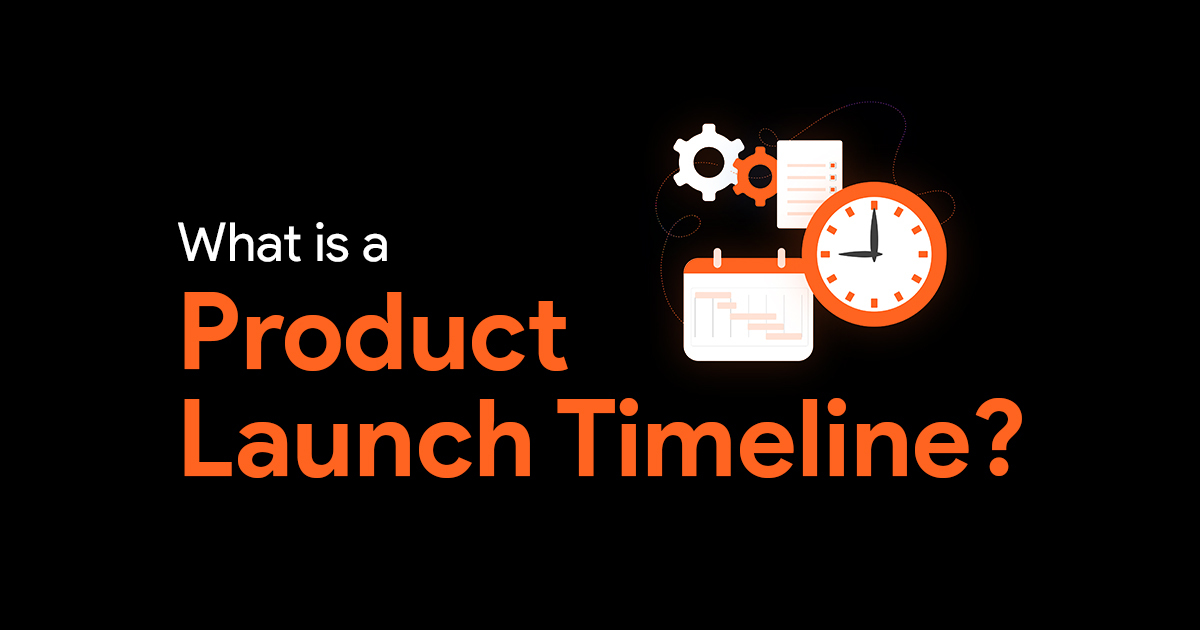- Understanding the Platform Divide
- Collaboration Capabilities: Strengths and Limitations
- Solving File Format Compatibility Challenges
- Building a Cross-Platform Workflow That Actually Works
- Platform Selection Strategy
- Practical Workflow for Cross-Platform Teams
- Leveraging Ecosystem Benefits
- Managing Teams Using Both PowerPoint and Google Slides: Final Thoughts
Manage Teams Using Both PowerPoint and Google Slides (Without File Format Chaos)

In today’s collaborative workplace, presentation teams often find themselves straddling two worlds: Microsoft PowerPoint and Google Slides. For team leaders, this creates a unique challenge: how do you maintain consistency, efficiency, and sanity when your team operates across different presentation platforms?
The scenario is all too common: half your team prefers PowerPoint’s robust features, while others champion Google Slides’ real-time collaboration. Meanwhile, clients and stakeholders request files in various formats, creating a perfect storm for version control nightmares and formatting disasters.
This guide will help you establish a coherent workflow that embraces both platforms’ strengths while minimizing the inevitable file format chaos. Let’s transform your cross-platform presentation team into a well-oiled machine.
Understanding the Platform Divide
Before implementing solutions, it’s essential to recognize the fundamental differences between these presentation powerhouses:
Cost and Accessibility Differences:
– PowerPoint requires a Microsoft 365 subscription (though a one-time purchase option exists) while Google Slides is free with a Google account
– PowerPoint offers robust desktop applications for Windows and Mac with full offline capabilities
– Google Slides is primarily cloud-based but offers limited offline functionality
– Both provide mobile apps, though with varying feature sets (source)
Device Compatibility:
– PowerPoint delivers a consistent experience across Windows and Mac, with some limitations on mobile
– Google Slides works on any device with a web browser, making it more accessible for teams with varied hardware.
Online vs. Offline Paradigms:
– Google Slides was built for the cloud era, emphasizing online collaboration
– PowerPoint evolved from a desktop-first application, gradually adding cloud features
– This fundamental difference shapes each platform’s strengths and limitations (source)
Collaboration Capabilities: Strengths and Limitations
Google Slides’ Collaborative Edge:
– Real-time, multi-user editing with visible cursors showing who’s working where
– Commenting and suggestion features that integrate with Google Workspace
– Automatic saving and version history that’s intuitive and accessible
– Superior for distributed teams needing simultaneous editing capabilities
PowerPoint’s Feature Advantage:
– More robust animation capabilities and transition effects
– Advanced design tools and template options
– Better control over precise formatting and layout
– Superior for complex presentations with sophisticated design requirements
As one comparison notes, Google Slides excels in real-time collaboration but PowerPoint offers more advanced design features that professional presentations often require.
Solving File Format Compatibility Challenges
The core of managing teams across both platforms is addressing file format issues:
Common Conversion Problems:
– Custom fonts that don’t transfer between platforms
– Complex animations that simplify or break during conversion
– Design elements that shift or resize unexpectedly
– Smart Art and other advanced PowerPoint features that don’t exist in Google Slides
Practical Solutions:
1. Establish a Font Protocol
– Create a list of cross-platform safe fonts (Arial, Calibri, Georgia, Times New Roman)
– Consider using Google Fonts which work across platforms
– For PowerPoint-only presentations, embed fonts in the PPTX file
– Create a shared team font library for consistent access
2. Create Feature Usage Guidelines
– Document which PowerPoint features don’t transfer well to Google Slides
– Maintain a “translation guide” for equivalent features between platforms
– For cross-platform presentations, limit use of platform-specific features
3. Define Clear Import/Export Procedures
– Document step-by-step processes for converting between formats
– Include checklists for what to verify after conversion (animations, fonts, layout)
– Assign responsibility for quality control during conversions
Building a Cross-Platform Workflow That Actually Works
The key to managing teams across both platforms is establishing a clear workflow that leverages each tool’s strengths:
Version Control and File Management
Implement Consistent Naming Conventions:
– Include date, version number, platform identifier, and status
– Example: “Client_Presentation_2023-10-25_v3_PPT_DRAFT”
Establish a Single Source of Truth:
– Use a cloud storage system accessible to all team members
– Options include OneDrive/SharePoint (PowerPoint-centric teams) or Google Drive (Slides-centric teams)
– Consider third-party solutions like Dropbox or Box for platform neutrality
Document File Lifecycle Stages:
– Define clear stages: Draft, Review, Final, Archive
– Create separate folders for each stage to prevent confusion
– Automate movement between stages where possible
Platform Selection Strategy
Rather than forcing standardization on one platform, establish guidelines for when to use each:
When to Use Google Slides:
– Early collaboration phases requiring multiple simultaneous editors
– When working with external contributors who may not have PowerPoint
– For presentations that will primarily be delivered via web browser
– When real-time editing during meetings is necessary
When to Use PowerPoint:
– Final production of high-stakes presentations requiring sophisticated design
– When advanced animations or transitions are essential
– For presentations that will be delivered offline
– When working with clients who specifically require PowerPoint files
“Teams should leverage Google Slides for its cloud-native collaboration while recognizing PowerPoint’s superior capabilities for advanced design work and offline presentations.” (source)
Practical Workflow for Cross-Platform Teams
Here’s a step-by-step workflow that many successful cross-platform teams adopt:
1. Initial Concept & Structure (Google Slides)
– Create outline and rough content
– Collaborate on messaging and flow
– Gather feedback from stakeholders
2. Content Development (Google Slides)
– Develop key messaging points
– Add preliminary content and placeholder images
– Conduct initial internal reviews
3. Design Enhancement (Platform Choice Point)
– For standard presentations: Continue in Google Slides
– For complex design needs: Export to PowerPoint
4. Finalization (Based on Delivery Requirements)
– Final review and approval
– Platform-specific optimization based on delivery method
– Creation of PDF backup version for universal compatibility
5. Storage & Archiving
– Store final versions in both formats when necessary
– Document any known conversion issues
– Maintain accessible version history
Leveraging Ecosystem Benefits
Maximize team efficiency by integrating with surrounding tools:
Google Workspace Integration:
– Connect Google Slides with Docs for content development
– Use Google Meet for live presentation and collaboration
– Integrate with Google Forms for interactive elements
Microsoft 365 Ecosystem:
– Leverage PowerPoint Designer for AI-powered design assistance
– Use Teams for presentation delivery and recording
– Connect with other Office applications for data visualization
The greatest efficiency comes not just from the presentation tools themselves, but how they integrate with your team’s broader technology ecosystem.
Managing Teams Using Both PowerPoint and Google Slides: Final Thoughts
Success with cross-platform presentation teams doesn’t come from forcing everyone into one tool or workflow. Instead, it comes from embracing the strengths of each platform, establishing clear processes for movement between them, and creating team understanding of when to use each tool.
By implementing these strategies, your team can collaborate effectively, maintain consistent quality, and deliver impressive presentations regardless of which platform they begin or end with. The key is intentional management of the workflow rather than allowing platform differences to dictate your team’s effectiveness.
With clear guidelines and proper expectations, the file format chaos that plagues many teams can become a thing of the past, freeing your team to focus on what really matters: creating compelling, effective presentations.


